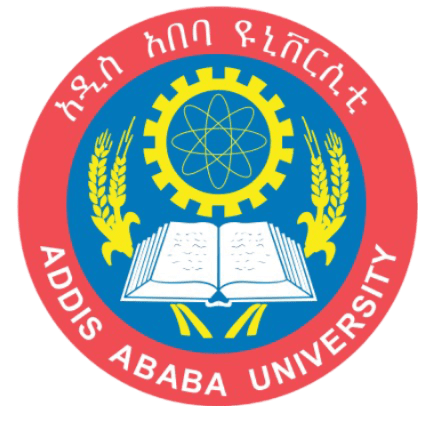
About us
About us
Explore the background, colleges, institutes and schools under the pioneer university of Ethiopia, Addis Ababa University.
AAU at a Glance
Our official logo

Addis Ababa University (AAU), which was established in 1950 as the University College of Addis Ababa (UCAA), is the oldest and the largest higher learning and research institution in Ethiopia. It has been the leading center in teaching-learning, research, and community services.
From the inaugural intake of 33 students in 1950, the figure has now reached 34,286 students (22,593 undergraduate, 9,660 Master’s, and 2,033 PhD students). The dramatic rise in student numbers has led to a corresponding growth in faculty and staff figures and AAU now has 8,709 employees (3,110 academics, 3,673 admin support staff, and 1,253 health professionals). The University runs 66 undergraduate and 350 graduate programs (115 PhD and 180 Masters, Subspecialty 32, and 23 Specialty certificate courses in Health Sciences on its 14 campuses.
Over 281,071 students have graduated from AAU since its establishment.
In recent years, the University has been undertaking various reform measures to cope with and respond to the fast-changing national and international educational dynamics. The flagship university now has 10 colleges, 3 institutes that run both teaching and research, and 8 other research institutes that predominantly conduct research. These academic units boast 55 departments, 12 centers, 12 schools, and 2 teaching hospitals.
Notable Scientists
Aklilu Lemma

Aklilu Lemma
National Medal of Science
Dr Aklilu Lemma was an Ethiopian pathologist who has inspired generations of Ethiopian scholars.
Dr Lemma was educated at Addis Ababa University College and at Johns Hopkins University in the U.S. where he obtained his D.Sc. in 1964. His dissertation was on sandfly-borne leishmaniasis.
He made his most important scientific impact very early in his career, in 1964, when he discovered a natural treatment for schistosomiasis, also known as snail fever disease or bilharzia, a debilitating disease caused by the parasitic worm Schistosoma, which is spread by freshwater snails. In 1989, he was awarded the Right Livelihood Award for discovering and campaigning relentlessly for an affordable preventative product against bilharzia.
"REIMAGINING OUR FUTURE"
academic units
